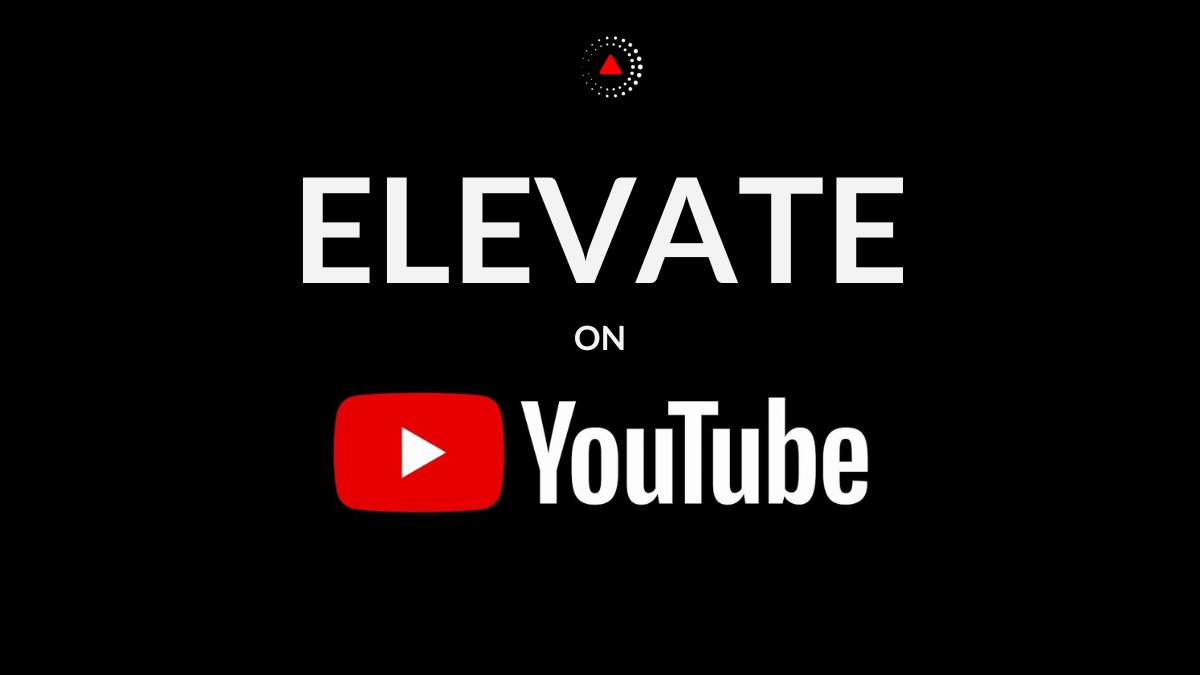How to Fly a Horse: Summary Review
This is a summary review of How to Fly a Horse containing key details about the book.
What is How to Fly a Horse About?
"How to Fly a Horse: The Secret History of Creation, Invention, and Discovery" by Kevin Ashton is a book that explores the creative process of invention and discovery and the role of persistence and perseverance in achieving success.
How to Fly a Horse is a 2015 non-fiction book by the technology pioneer Kevin Ashton. In the book, the author debunks many common myths about creativity and proposes that hard work, rather than creative genius, is the true source of innovation.
Summary Points & Takeaways from How to Fly a Horse
Some key summary points and takeaways from the book include:
* The power of persistence: The author argues that persistence is a critical factor in the creative process and provides examples of successful individuals who were able to overcome obstacles and continue to pursue their goals.
* The importance of originality: The book explores the role of originality in the creative process and argues that truly new ideas are rare, but that they can have a profound impact on society.
* The role of failure: The author emphasizes the importance of failure in the creative process and argues that it is a natural and necessary part of the journey to success.
* The value of collaboration: The book highlights the role of collaboration and teamwork in the creative process and provides examples of how individuals have been able to achieve success through working together.
* The impact of context: The author argues that the context in which a creative idea is developed can have a significant impact on its success and provides insight into how individuals and organizations can create a supportive environment for creativity and innovation.
* Overall, "How to Fly a Horse" is a thought-provoking and inspiring book that provides a unique perspective on the creative process and the role of persistence, originality, and collaboration in achieving success. The author's accessible writing style and engaging examples make the book relevant and engaging for a wide audience.
Who is the author of How to Fly a Horse?
Kevin Ashton is a British technology pioneer who co-founded the Auto-ID Center at the Massachusetts Institute of Technology, which created a global standard system for RFID and other sensors.
Book details
- Print length: 336 pages
- Genre: Nonfiction, Business, Science
What are the chapters in How to Fly a Horse?
Chapter 1 Creating is Ordinary
Chapter 2 Thinking is like Walking
Chapter 3 Expect Adversity
Chapter 4 How we See
Chapter 5 Where Credit is Due
Chapter 6 Chains of Consequence
Chapter 7 The gas in Your Tank
Chapter 8 Creating Organizations
Chapter 9 Good-Bye, Genius
What is a good quote from How to Fly a Horse
Top Quote: “If your idea succeeds, everybody says you’re persistent. If it doesn’t succeed, you’re stubborn.” (Meaning) - How to Fly a Horse Quotes, Kevin Ashton
What do critics say?
Here's what one of the prominent reviewers had to say about the book: “One of the most creative books on creativity I have ever read, a genuinely inspiring journey through the worlds of art, science, business and culture that will forever change how you think about where new ideas come from.” — William C. Taylor, cofounder and editor of Fast Company and author of Practically Radical
* The editor of this summary review made every effort to maintain information accuracy, including any published quotes, chapters, or takeaways. If you want to enhance your personal growth, I recommend checking out my list of favorite personal growth books. These books have played a significant role in my life, and each one includes a summary and takeaways to help you apply the concepts.
Chief Editor
 Tal Gur is an author, founder, and impact-driven entrepreneur at heart. After trading his daily grind for a life of his own daring design, he spent a decade pursuing 100 major life goals around the globe. His journey and most recent book, The Art of Fully Living, has led him to found Elevate Society.
Tal Gur is an author, founder, and impact-driven entrepreneur at heart. After trading his daily grind for a life of his own daring design, he spent a decade pursuing 100 major life goals around the globe. His journey and most recent book, The Art of Fully Living, has led him to found Elevate Society.


























